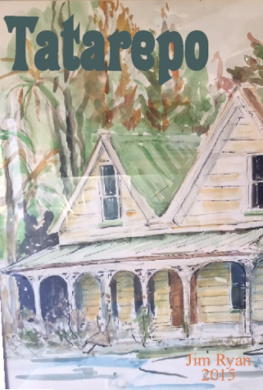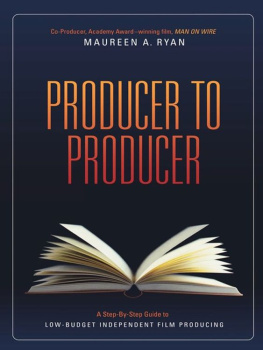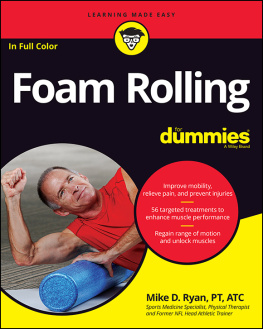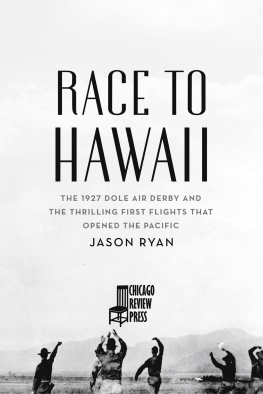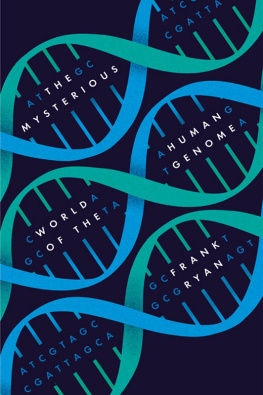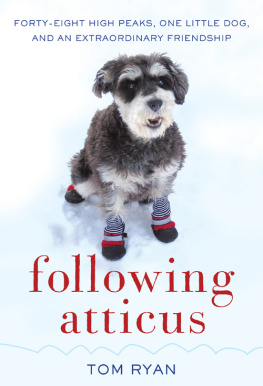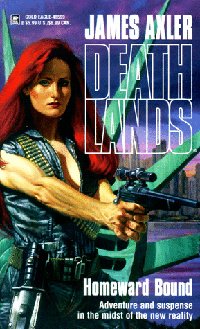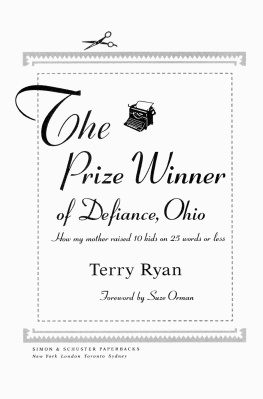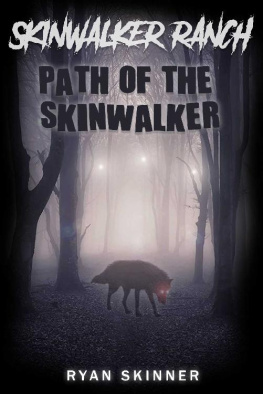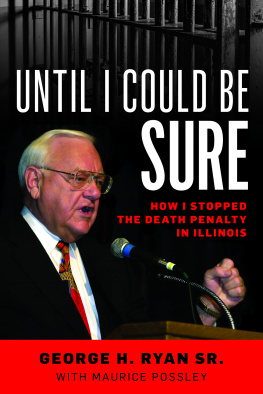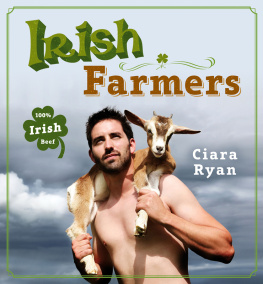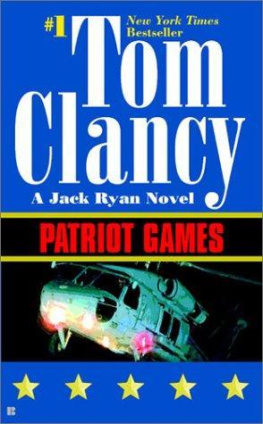Ryan - Tatarepo ryan family history
Here you can read online Ryan - Tatarepo ryan family history full text of the book (entire story) in english for free. Download pdf and epub, get meaning, cover and reviews about this ebook. genre: Non-fiction. Description of the work, (preface) as well as reviews are available. Best literature library LitArk.com created for fans of good reading and offers a wide selection of genres:
Romance novel
Science fiction
Adventure
Detective
Science
History
Home and family
Prose
Art
Politics
Computer
Non-fiction
Religion
Business
Children
Humor
Choose a favorite category and find really read worthwhile books. Enjoy immersion in the world of imagination, feel the emotions of the characters or learn something new for yourself, make an fascinating discovery.
- Book:Tatarepo ryan family history
- Author:
- Genre:
- Rating:3 / 5
- Favourites:Add to favourites
- Your mark:
- 60
- 1
- 2
- 3
- 4
- 5
Tatarepo ryan family history: summary, description and annotation
We offer to read an annotation, description, summary or preface (depends on what the author of the book "Tatarepo ryan family history" wrote himself). If you haven't found the necessary information about the book — write in the comments, we will try to find it.
Ryan: author's other books
Who wrote Tatarepo ryan family history? Find out the surname, the name of the author of the book and a list of all author's works by series.
Tatarepo ryan family history — read online for free the complete book (whole text) full work
Below is the text of the book, divided by pages. System saving the place of the last page read, allows you to conveniently read the book "Tatarepo ryan family history" online for free, without having to search again every time where you left off. Put a bookmark, and you can go to the page where you finished reading at any time.
Font size:
Interval:
Bookmark:
Tatarepo - Ryan FamilyHistory
Jim Ryan
Published by ParadoxPublishing at Smashwords
Copyright 2015 JimRyan
Smashwords Edition,License Notes
Thank you fordownloading this free eBook. Although this is a free book, itremains the copyrighted property of the author, and may not bereproduced, copied or distributed for commercial or non-commercialpurposes. If you enjoy this book, please encourage your friends todownload their own copy at Smashwords.com. Thank you for yoursupport.
Thought I should jot down afew notes on the Ryan history during when the family farmed atTatarepo, Bayswater, Southland. It is not trying to be PulitzerPrize winner stuff and is in no particular chronological order.Obviously there is more information and photos from the later yearsbut thankfully the earlier generations did retain some of thephotos from that era.
There will beerrors and omissions and I apologise for that and hopefully thefamily can build on this document and preserve and share it withwith our descendants.
Looking back Imust say that was fortunate to have been part of a significantproud family that farmed those fertile Southland paddocks withexcellence. I wonder what will be on those paddocks 100 years fromnow - Turkeys?!
Tatarepo (meanshouse near a bog) was purchased by the Ryan family in 1909 from aJohn Findlay who had been a Colonel in the Boer war. It was saidthat Jim, Charlie and John drew straws to determine which blockeach would own.
10 August 1874 JohnBenniworth Sutton. The Suttons of "Fairview" Thornbury were thefirst settlers on Tatarepo but it was known at that time as YellowBluff farm
20 August 1877Transfer to Sir Thomas Richard Edridge of "The Elmes" near Croydonin Sussex.
18 August 1892Edridge died - transmission to FT, GG and AE Edridge. The firstwooden house was enlarged and the bay windows added. Mr and MrsJames Ryan lived on the Edridge property in a cottage across thepaddocks from the homestead and there Catherine, James (JT) andCharlie were born.
7 March 1895Transferred to Arthur E. Edridge
16 Dec 1901Transferred to Chas Sutton and AF Hawke.
19 May 1903Transferred to John Findlay. He was a military man and served as aColonel in the Boer War. He named Tatarepo (a house by a bog) andlater shifted to Canterbury near the Grigg Estate at Longbush.
19 June 1909Transferred the balance of the land to James Ryan and parts ofsections 66.67.191A to James Ryan (ex Brown property)
19 June 1909Transferred part to Herbert Brown who built a wooden home under thetrees at the roadside boundary.
18 June 1923Transfer to James Thomas, Charles and John Ryan as tenants incommon.
Jim drew Tatarepo (Lot 1,Vol 121, Fol 189)
Charlie drewGranada (Lot 3, Vol 121, Fol 190)
John drewMuraoka (Lot 3, Vol 121, Fol 191)
The fine Tatarepohomestead was featured in many photos and paintings at the time anda new side bedroom was added about 1918 and this is where Charliewas to call home while he recovered from injuries received from theGreat War (World War 1).
Specimen treeswere planted and a fine distinctive Wellingtonia still dominatesthe homestead site. Ornate iron gates graced the entry to thecurved gravel drive that opened in to wide lawns surrounding thehomestead. There was a garage down a short ornate tree lined driveand this was surrounded by huge Rhododendron bushes. In the 1950sthese were to be the home of numerous huts and tree houses andlookouts created by Jim (James Winston). One of the huts had ahidden underground trapdoor and making friends vanish was a funpastime for visiting relations and friends!
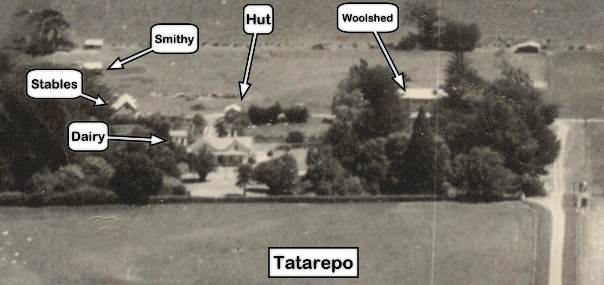
Behind the homewas a dairy where the fresh milk was turned into cream and then awooden churn made delicious farm butter and usually this was thenmade into small butter balls using two small bats. Alongside was astoreroom that had shelves groaning with bottles of homemadepreserves. A broken window from a storm however one night allowed ahungry possum to gain entry and cause havoc to the many glasspreserves with the carefully prepared pears, apples, apricots etcsplattered all over the concrete floor.
A very largecoal house attached to the rear of the home was filled by a wholelorry load of coal from Ohia each year to ensure the home fireswere kept burning. The huge adjacent wash house held a large coalfired copper and concrete tubs. In the late 1940s a large 2 doorrefrigerator was acquired much to the ice cream loving family andneighbours.
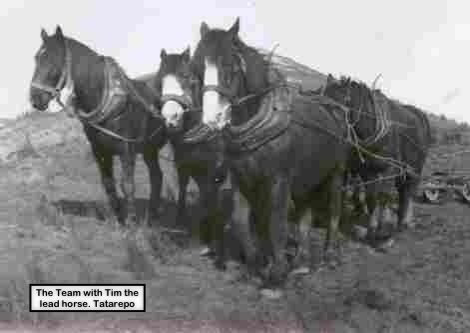
In the nearbyfarm yard the stables took centre stage. Here the draft horses wereprepared for their days work in the fields and in the evening theyreturned to be fed by chaff stored in the loft above. A largeconcrete water tank was also their refuelling stop and in lateryears this was to become the battle ground for the numerous toy warships that Jim's Uncle Alan Harrington made for him.
Othersbuildings were the farm hut and this is where numerous farm helpersmade their home and probably the last one to occupy it was KerrySimpson in the mid 1960s.
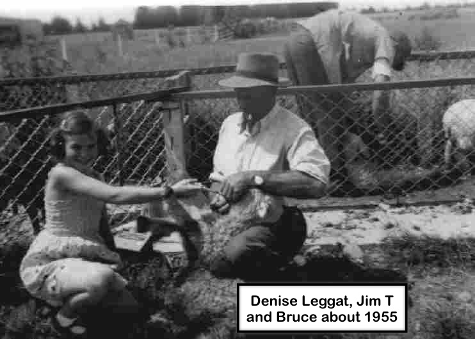
The blacksmithshop was fully equipped with a forge with a huge set of bellows. Apig sty and hen house helped keep the farm kitchen stocked.
The woolshedand yards were modified as time passed. Initially all the sheepwere hand shorn and in the late 1940s a Mr Johnston would arrivewith his portable shearing machine driven by a clunky Lister twostroke motor. In later years the shearing was done by contractors.Dipping was an annual event and the plunge dip was in the centre ofthe sheep yards. The poor animals were tossed in and held underwith a vicious looking probe. A curved concrete drafting race wasbuilt in the 1950s and worked very well.
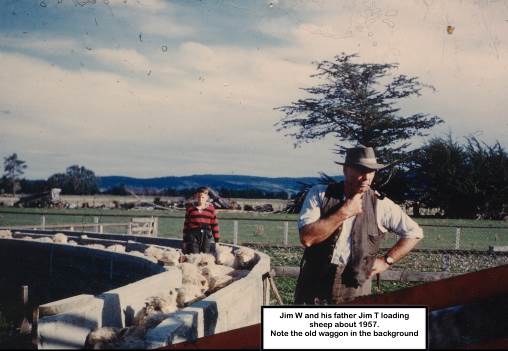
The home water supply was fromthe pump shed near the iron gate entrance. Quite a distinctive shedhoused the equipment over the bore and the water was pumped to alarge iron tank on a high wooden stand and there to two tanks bythe homestead. They sat on top of a concrete room and over theyears this was a base for family members to experiment withdifferent chemicals to see who could make the biggest smell orexplosion. The two tanks were also fed by the roof water and onetime Peg Ryan (Charlie's wife) complimented on the fine tastingwater. A couple of days later when cleaning the tanks two deadopossums were discovered!
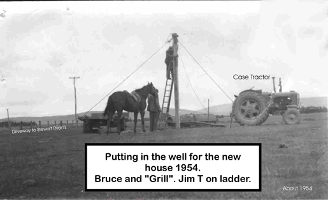
In the 1950sthe farm had water supplied in each paddock. In the corner of fourpaddocks a well would be constructed. An ingenious device wasassembled that held a large pulley at the top through which a ropewas attached to a "monkey" that fitted into the pipe that was to bepounded into the subsoil. Initially the rope was pulled up and downby a team of 3 or 4 men but eventually an ingenious solution wasfound! The rope end was attached to the jacked up wheel of the Casetractor that in low gear slowly pulled up the monkey and as thewheel turned slammed it into the pipe hence driving it into theground. Modern day safety officers would cringe but it usuallyworked and water would be found after several lengths of pipe werepounded home. If water was not found then it was plan B. A stick ofgelignite would be lit and then hastily lowered down the pipe and ahuge geyser type eruption followed. Windmills were erected andthese filled a large concrete tank that fed water to the troughs.In the late 1960s however Jim had had enough of the temperamentalwindmills and installed a central water line fed from the housesupply. This worked well but he was horrified to discover that adrain contractor after been given very detailed instructions aboutwhere the pipe was, still managed with his bulldozer and moleplough to make mince meat of a section of it.
Font size:
Interval:
Bookmark:
Similar books «Tatarepo ryan family history»
Look at similar books to Tatarepo ryan family history. We have selected literature similar in name and meaning in the hope of providing readers with more options to find new, interesting, not yet read works.
Discussion, reviews of the book Tatarepo ryan family history and just readers' own opinions. Leave your comments, write what you think about the work, its meaning or the main characters. Specify what exactly you liked and what you didn't like, and why you think so.

